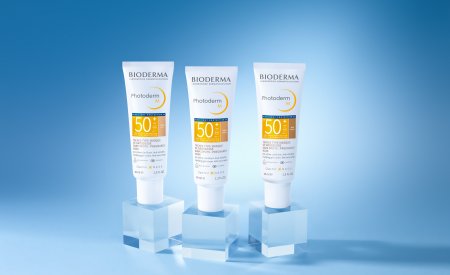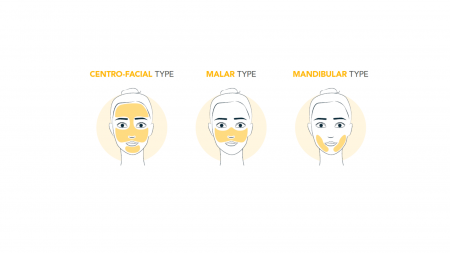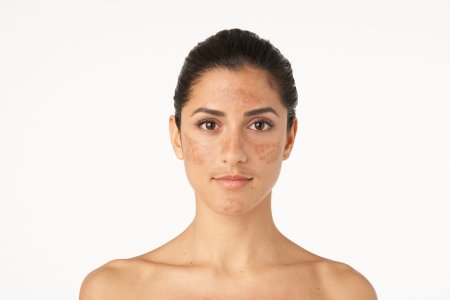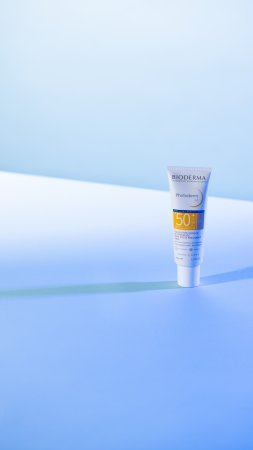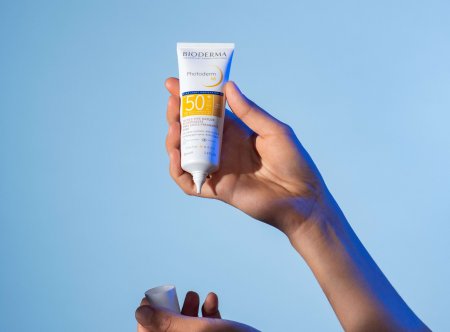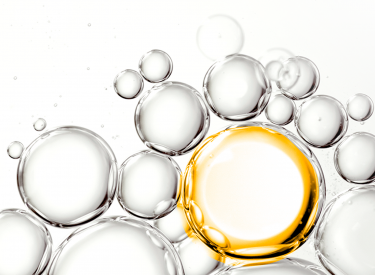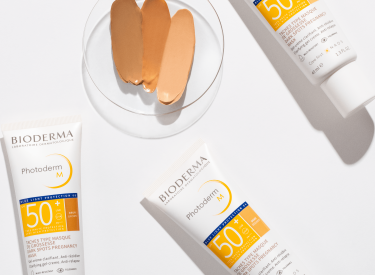Solutions & treatments
The role of sun protection in melasma and hyperpigmentation
If you suffer from melasma, blue light protection is essential. New Photoderm M SPF50+ provides the highest blue light coverage on the market*. The combination of filters and pigments provides effective broad-spectrum protection that blocks out UV radiation, including blue light. Your hyperpigmentation is reduced, skin tone evens out and relapses are avoided.
